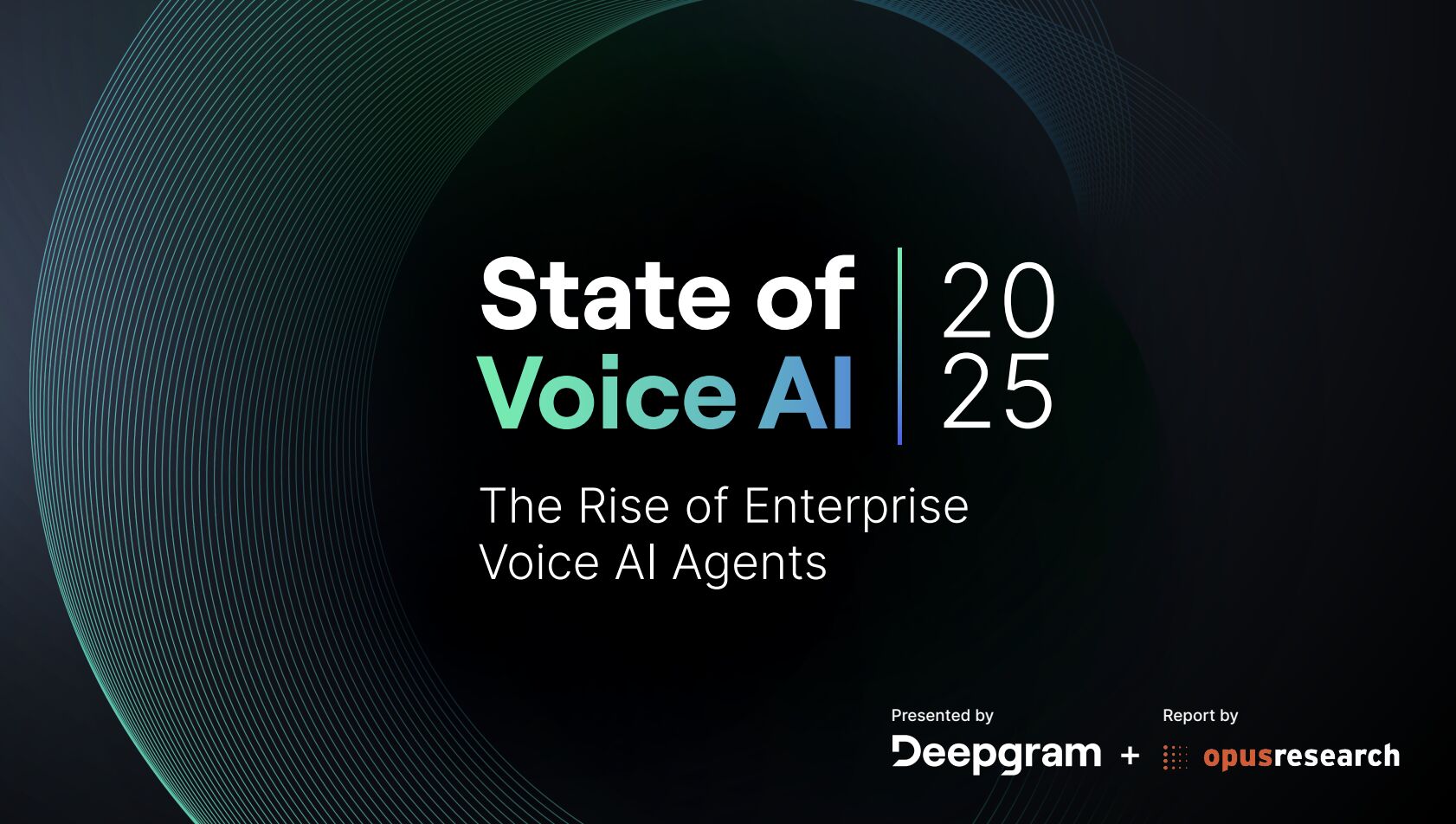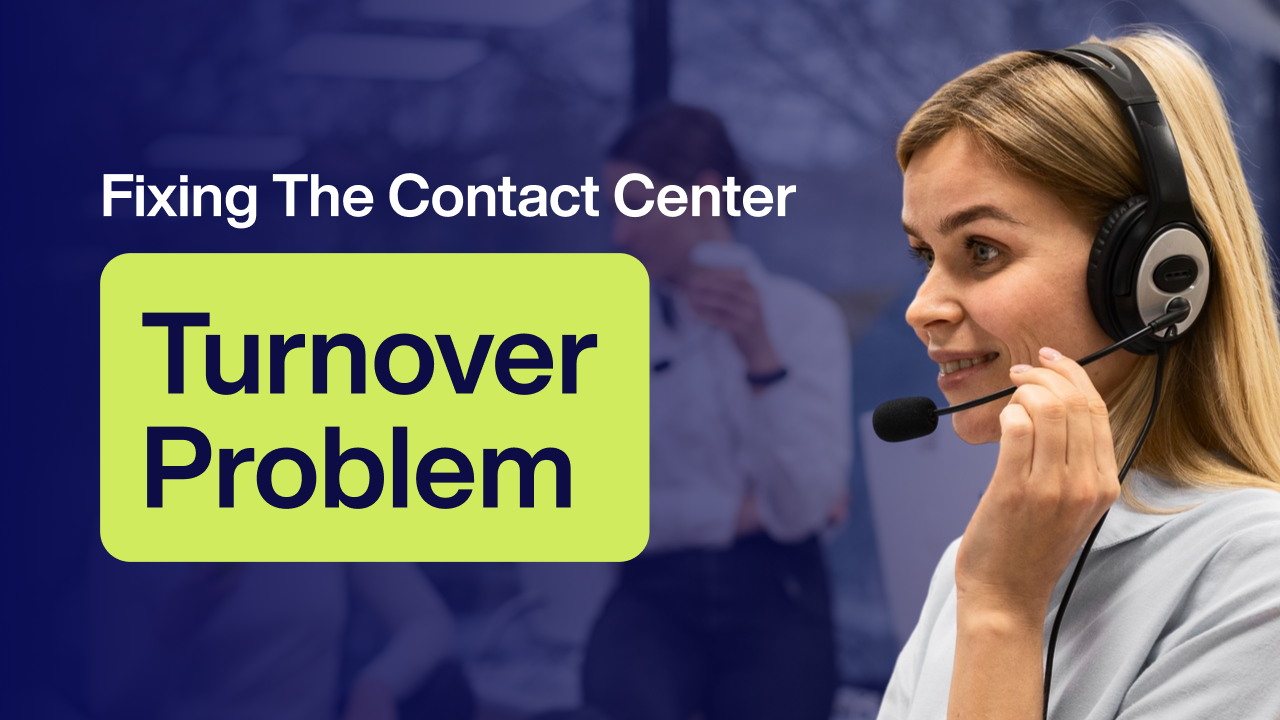Stop the Scheduling Spiral: Hybrid AI That Fills Schedules Without Burning Out Providers

8:05 a.m., Two Cancellations, and a Full Waiting List
Your first patient no-shows. Another cancels five minutes before the visit. Meanwhile, access is tight, nurses are juggling call-backs, and schedulers are stuck on hold with patients who can only do Thursday afternoons. The day starts behind, providers get frustrated, and revenue slips through the cracks.
Most health systems know this pattern. It isn’t a staffing issue alone—it’s a coordination issue. Openings appear, but they’re hard to match to the right patients quickly and compliantly.
Why the Scheduling Spiral Happens
Demand is volatile. Templates are complex. Visit types have rules. And outreach still leans on manual calls and voicemail. By the time someone finds the right patient for a 10:30 slot, it’s already 10:45.
- Schedule adherence and provider productivity slip when small gaps compound.
- Capacity sits idle across sites while waitlists grow.
- Open/advanced access goals suffer because short-notice fill is hard to execute at scale.
The result: provider burnout increases, patients wait longer, and revenue opportunities go unrealized.
Hybrid AI That Actually Fills Schedules
At EGS, we combine AI with skilled human agents to make scheduling fluid and patient-friendly. Our AI—paired with our nearshore team—continuously monitors cancellations, rules, and priority lists, then offers appointments via SMS, voice, or chat. When nuance matters, trained agents step in to confirm details or handle edge cases.
This isn’t about replacing people. It’s about taking the repetitive, time-sensitive matching work off their plate so they can focus on conversations that require empathy and judgment.
Open and Advanced Access—In Practice
- Short-notice fill: When a slot opens, AI finds eligible patients and reaches out within minutes.
- Rules-aware: Visit types, providers, locations, language, and payer constraints are respected.
- Grace™ voice: Our hybrid AI voice bot confirms or reschedules by phone and escalates to a human agent whenever needed.
Capacity Utilization Across the System
- Identify idle capacity across clinics and days, not just within one schedule.
- Suggest sensible block releases and template adjustments without disrupting clinical workflows.
- Surface ideal patients for high-value or time-sensitive services.
Provider Productivity and Burnout Reduction
- Fewer micro-gaps and double-work for staff.
- Less after-hours cleanup for providers.
- Better on-time starts and steadier daily cadence.
Addressing the Skeptics: Compliance, Experience, and Control
Regulated environments demand more than good intentions. EGS takes a compliance-first approach for healthcare.
- HIPAA-aligned workflows, consent management, and audit trails.
- Clear opt-in/out, channel preferences, and respectful outreach cadences.
- Human-in-the-loop for sensitive or complex conversations.
- Nearshore agents in Mexico for bilingual coverage and continuity of care.
- No rip-and-replace: We integrate with existing EHR and contact center systems.
Strategic Impact Beyond Cost
Yes, this improves efficiency. But the bigger win is strategic:
- Recovered revenue from filled schedules and kept visits.
- Reduced wait times and better access for patients who need care sooner.
- Higher provider satisfaction and lower burnout risk.
Why EGS
Emerging Global Services (EGS) specializes in AI-human hybrid contact center operations and BPO for healthcare and other regulated industries. Led by founder Steve Shefveland, we focus on practical implementation—pairing compliant AI with experienced agents to improve scheduling, provider productivity, and patient experience. Our proprietary Grace™ hybrid voice solution and nearshore operations help health systems fill schedules, reduce burnout, and boost ROI without sacrificing relationships.
Ready to turn cancellations into care delivered? EGS brings the right blend of technology, people, and process to make it real—safely, quickly, and at scale.

No Spam —
Just Good Stuff.
Join our newsletter for actionable advice, insider knowledge, and strategies that drive real results.
No fluff, just value.
.png)
%20(1).png)
From The Blog
Read All Articles
AI-human hybrid quality assurance for supply chain accuracy

Why Nearshore Hybrid BPOs Outperform Offshore Automation Centers

AI + Human QA on the Line: How Hybrid Teams Raise Manufacturing Quality

Why Nearshore Hybrid BPOs Outperform Offshore Automation Centers

How AI-Human Collaboration Elevates Quality Assurance in Modern Manufacturing

Hybrid AI That Keeps Schedules Full: Reducing Patient No‑Shows and Burnout

Why Nearshore Hybrid BPOs Outperform Offshore Automation Centers

Hybrid AI That Quietly Fixes Healthcare RCM—Starting With the Schedule

How AI-Human Collaboration Raises the Bar on Manufacturing Quality Assurance

How Hybrid AI Tackles the Toughest Banking Service Moments

AI + Human QA: How Hybrid Teams Catch Defects Early and Strengthen Audits

How Hybrid AI Cuts Churn in Telecom and Retail—Without Losing the Human Touch

Hybrid AI for Financial Services: Faster Resolution, Stronger Compliance, Human-Centered Support

Hybrid AI That Fills Schedules and Eases Burnout: Reducing Patient No-Shows in Healthcare

Hybrid AI-human support that strengthens fraud detection and compliance—without breaking customer trust

AI + Humans: Elevating Quality Assurance on the Factory Floor

AI-human hybrid quality assurance for supply chain accuracy

Hybrid AI That Keeps Schedules Full—and Clinicians Fresh

AI-Human Hybrid Support: Stronger Fraud Detection and Compliance at the Contact Center

Why Nearshore Hybrid BPOs Outperform Offshore Automation Centers

From Empty Slots to Full Days: Hybrid AI Scheduling That Reduces Burnout

From No‑Shows to Full Days: Hybrid AI That Fixes Provider Schedules Without Burning Out Staff

From Empty Slots to Full Schedules: Hybrid AI That Boosts Access and Reduces Burnout

Stop Empty Slots from Fueling Burnout: Hybrid AI-Human Scheduling for Health Systems

From Empty Slots to Full Days: Hybrid AI Scheduling for Health Systems

From Hold Music to Full Schedules: Hybrid AI That Lifts Provider Productivity Without Burning Out Staff

Stop the Scheduling Whiplash: Hybrid AI That Fills Last‑Minute Openings Without Burning Out Your Staff
.png)
Stop the Scheduling Spiral: How Hybrid AI Keeps Providers Productive and Patients Seen
.png)
AI & Financial Services: Where Compliance Meets Conversation

E-commerce's Hybrid AI Advantages: From Order Status to Complicated Returns
.png)
Customer Service & Experience East 2025 (Reuters Events)
.png)
NACHC’s Workforce Conference (formerly FOM/IT)
.png)
Healthcare's AI-Human Sweet Spot: When Empathy Meets Efficiency
.png)
Choosing the Right Contact Center Technology Stack for Your Industry
.png)
Order Management Support: Where AI Excels & Where It Fails
.png)
Customer Success vs. Customer Support: When to Use AI vs. Human Touch

687% Increase in Referral Processing in 6 Months: How One Healthcare Organization Turned Its Patient Support Around

5 Warning Signs Your Medical Referral Process Needs Immediate Attention

AI‑Powered Healthcare Contact Centers: What CX Leaders Need to Know

AI‑Powered Healthcare Contact Centers: What You Need to Know

Healthcare Contact Centers: What Others Are Just Diagnosing, EGS Has Already Solved

Real-Life Use Cases of Contact Center Automation for Cost Reduction

5 Proven Use Cases of Contact Center Automation That Cut Costs by Up to 30%

How Leading Companies Are Reducing Support Costs and Boosting Customer Satisfaction with AI

Real-Life Use Cases of Contact Center Automation for Cost Reduction

Unlocking Efficiency, Speed, and Patient Satisfaction through AI

How Healthcare Leaders Can Leverage AI to Transform Customer Experience (CX)

FQHC-Led Medicaid ACO Innovation: How Illinois is Reinventing Community Care through Value-Based Models

Expanding Access to Mental Health: How Telebehavioral Health Is Transforming Care in Frontier Idaho

Idaho’s Medicaid Expansion: Fueling Growth and Stability in Community Health Centers

Integrating Native Hawaiian Healing Practices: A Cultural Shift in Community Healthcare

Connecting Islands Through Telehealth: How Hawaii’s FQHCs Are Breaking Barriers with Virtual Care

How EGS Leverages Extensible, Integrated Technology to Simplify Health Systems

Addressing Georgia's Maternal Health Crisis: How FQHCs Are Leading the Way

Georgia’s Medicaid “Pathways” Program: A Partial Step, A Full Challenge for FQHCs

Delivering Care in the Fields: How Florida’s FQHCs Reach Migrant Farmworkers with Mobile Clinics

Florida’s FQHCs: The Safety Nets Holding Up Primary Care in a Non-Expansion State

Bridging Academia and Community Health: How Delaware’s FQHCs Are Driving Wellness Through University Partnerships

EGS Hybrid Scheduling Model: Optimizing Medical Services for Hospitals and Clinics

The Landscape of Ai in 2025. It's not what you're hearing.

The Future of Hybrid Customer Experience

Live Agents + Ai (Not the other way around)

Grace™: The Hybrid AI Voice Bot Revolutionizing Customer Experience

340B Drug Savings as a Lifeline: How Delaware’s FQHCs Sustain Care for Vulnerable Communities

Transforming Specialty Care Access Through E‑Consult Innovations in Connecticut FQHCs

How Connecticut’s PCMH+ Model Empowers FQHCs to Coordinate Medicaid Care

Integrating Behavioral Health into Colorado FQHCs: A Proven Model for Whole‑Person Care

How Colorado’s APM for FQHCs Is Redefining Value-Based Care: A Practical Look at PMPM Payments, Quality Incentives, and Real Results

The Hidden Crisis in FQHC Back-Office Operations: Why 70% Still Rely on Sticky Notes and Paper








.png)


.png)
.png)
.png)
.png)
.png)
.png)
.png)
.png)
.png)
.png)









